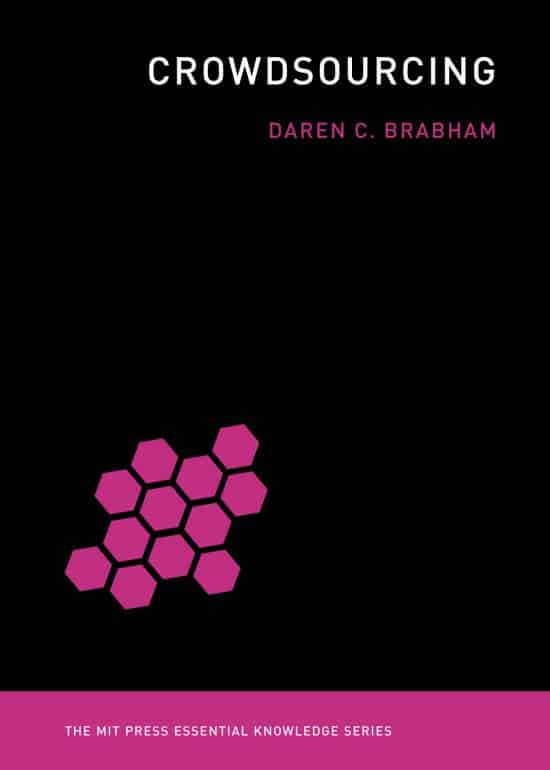A succinct explanation of crowdsourcing that goes beyond social media jargon to describe what it is and how it works. Since Wired writer Jeff Howe first used the phrase “crowdsourcing” in 2006, a variety of collaborative projects, like the development of the Oxford English Dictionary and the selection of new M&M colors, have been given the buzzword tag. Crowdsourcing’s definition, contraindications, and mechanism are all covered by Daren Brabham in this readable yet authoritative presentation that is based on empirical research.
According to Brabham, crowdsourcing is a distributed problem-solving and production model that uses the online communities’ collective intellect for predetermined goals. These goals may be corporate, governmental, or volunteer-based. It accomplishes this by fusing top-down organizational objectives with a bottom-up, open creative process. Crowdsourcing differs qualitatively from predigital open innovation and collaborative production processes, which lacked the speed, reach, rich capability, and lowered barriers to entry made possible by the Internet. Crowdsourcing is not open-source production, which lacks the top-down component. It is also not a market research survey that offers participants a limited list of options.
According to Brabham, crowdsourcing’s philosophical foundations are found in ideas like collective intelligence, the wisdom of crowds, and distributed computing. Using actual instances from Threadless, InnoCentive, and other organizations, he analyzes the key challenges in crowdsourcing, such as crowd motivation, the misperception of the amateur participant, crowdfunding, and the risk of “crowdsploitation” of volunteer labor. Additionally, he discusses both the theoretical and practical aspects of crowdsourcing’s future, outlining potential applications in journalism, government, national security, research, and health.







